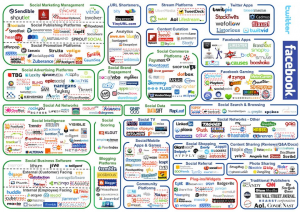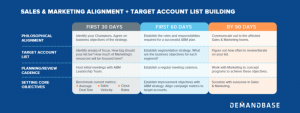The year of 2015 began with a deluge of tech-driven forecasts for businesses.
There’s talk about robotic process automation as the trend dives into its experimental stage that the Cloud used to be three years ago. Speaking of the Cloud, SMAC continues to keep marketers and business owners awake.
Social media is still influential despite ongoing debates of its effectiveness. Social media giants try to balance profit and purpose with businesses getting caught in between. Mobile users are getting more comfortable with sharing information while it’s pretty much established that the app market is where the business is. Analytics brought along its partner Big Data and thanks to the Cloud, small businesses can now afford tools to mine for customer intelligence. As for the Cloud, industry watchers predict career robots putting up residence.
All these changes have huge implications, especially for the small business. There are plenty of articles that will tell you to jump in before you get left behind, but not much about what it actually takes to make that transition.
So before you take the leap, here are three tips that will help you cope:
Don’t forget the human element.
Computers don’t do everything. Implementing a new technology could also mean new responsibilities and processes for your team. You will still need people who can adapt to, provide support for, and maintain the technology. Make sure that before using anything tech-related, may it be a free online tool or a CRM software, consider the human element in the process.
Also, consider if said technology is necessary in improving business outcomes. Transitioning from paper to spreadsheet to project management software is a practical approach. If a human being could do it with a free online tool, it doesn’t make any financial sense to spend your IT budget on some newfangled technology. You can get drowned in your own data lake or stuck in a steep learning curve that you didn’t anticipate.
Outsource what isn’t crucial, retain what is necessary.
It also doesn’t make any financial sense to build a competency in-house that’s identical to other businesses. It’s more practical to hire offshore staff or outsource a function to leverage economies of scale. It’s not implausible that in due time, all your IT needs would be taken care of by Cloud-based apps.
Look for landmines.
Technology comes with implications that you wouldn’t always see upfront. You have to look for potential landmines that you’ll encounter along the way:
- Transition and integration
Moving from your decrepit legacy system to a 21st century tech is not always that easy. You also need to integrate to your current processes, both online and offline.
- The machinery behind the machine
Small businesses can end up in a loop of security patches that are no more than band-aids on a bleeding wound. Whether it’s developed in-house or procured from a provider, tech support is still done partly by human beings. It’s much easier to patch up a problem rather than install new software.
- Regulatory requirements and compliance
Any time you deal with customer data, there’s bound to be a law for it. Storing your data overseas for privacy rights won’t always save you. Last year, Microsoft was ordered to hand over data it stores in Dublin because its headquarters are located in the US. More importantly, this could potentially expose customer data to foreign laws.
- Data security and privacy policies
In a connected world, security can be compromised in a variety of ways. Don’t just look out for cyber attacks and hackers. Employees use social media and given its influence, a rant from a disgruntled employee could stain your image. Company-issued laptops can also get stolen from sales personnel. A BYOD (bring your own device) approach could stack up your usage costs and expose your business to malware and virus attacks. Security should be considered both externally and internally.
Technology levels the playing field for all kinds of businesses, but it could also make your company vulnerable. Consider outcomes instead of just convenience.
(240)
Report Post






